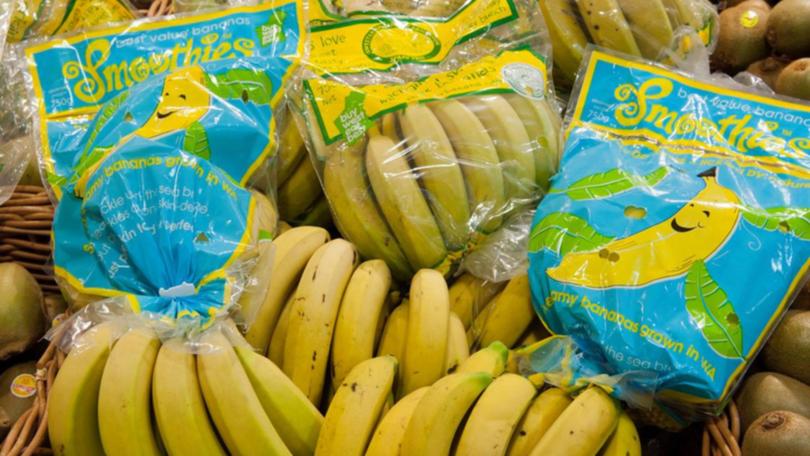



Article by: Hari Yellina
Carnarvon banana growers hope to apply the principle of excellent gut health to their land to produce healthier fruit. Carnarvon’s Sweeter Banana Co-operative has initiated a three-year trial that will compare sub-tropical bananas grown with synthetic fertiliser to those grown with biomineral fertiliser, in what is thought to be an industry first. Doriana Mangili, the business manager of Sweeter Banana Cooperative, compared soil health to gut health. “Adding fertilisers to your diet is similar to adding soft drinks or refined sugar to your diet — it’ll give you energy and get you going, but it’s not excellent for your gut health in the long run,” she explained.
She claimed that all soils were the same. The bananas will be planted side by side and subjected to leaf, soil, and shelf-life tests to determine the difference between conventional and biomineral fertilisers. Since 2016, agronomist Scott Brain has been working with producers in the Gascoyne to increase nitrogen use efficiency. Mr. Brain said that the biomineral fertiliser solution was much more cost-effective and that it would boost production, quality, and plant resilience. He explained, “Research has shown that chemicals like urea only result in 30% uptake, thus 70% loss is frequently allowed.” Mr. Brain explained that his solution was based on traditional fertilisers with the addition of biological and mineral components.
“All we’re doing is putting a conventional fertiliser with a special coating on it,” he explained, “so the nitrogen, for example, is metered out at the pace that plants can absorb it rather than being released too quickly.” “When that happens, you actually improve nutrient uptake or nitrogen availability for the plants.” According to Mr. Brain, banana growers will use 40 kilos of biomineral fertiliser per hectare, compared to 440 kilogrammes of traditional fertiliser. “When I first started this job, people remarked, ‘Why bother? Fertilisers are cheap, so you just put more on,'” he explained. “However, given the current economic context, there is a lot more interest in trying to comprehend and execute these ideas.”
Regenerative agriculture is not a new concept; it has been successfully tested for decades in a variety of livestock and broadacre enterprises. However, Ms Mangili stated that the practise was not typical in the horticulture industry. She also expressed the hope that if nutritional benefits could be demonstrated, customers would be prepared to pay a premium for the fruit. “We expect better nutrition, a wider spectrum of nutrients, higher levels, and a longer shelf life,” Ms Mangili said. “And I believe that if customers realise this, they will be prepared to pay a little bit more for something that is healthier for them.” The three-year trial has been part-funded by State Natural Resource Management and the University of Western Australia, as well as the Sweeter Banana Co-operative.